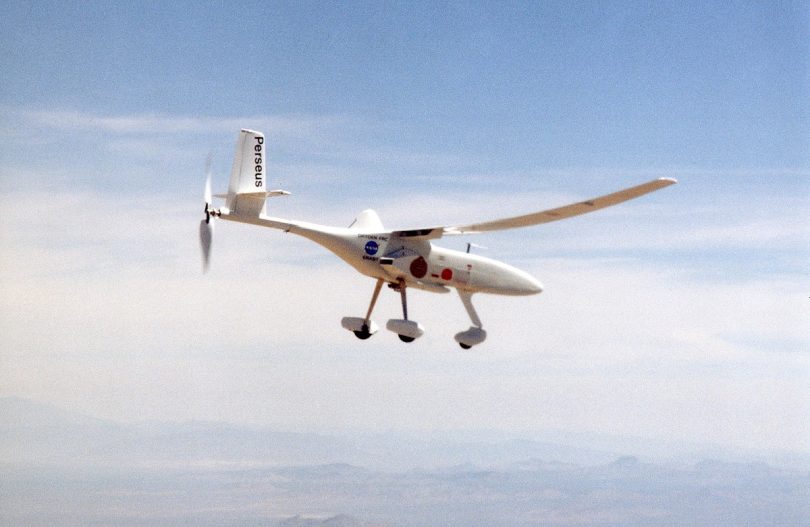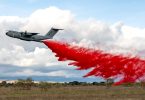[ICAO] – During its 222nd Session, the ICAO Council adopted new and amended Standards and Recommended Practices (SARPs) driving important progress on the international safety and interoperability of remotely piloted aircraft systems (RPAS).
The new provisions will become effective on 12 July 2021, and applicable as of 26 November 2026. The most important pertain to Annex 8 — Airworthiness of Aircraft to the Chicago Convention, and cover certification requirements for remotely piloted aeroplanes and helicopters, in addition to the remote pilot stations (RPS) they are operated from.
“These Annex 8 provisions will now importantly serve as the foundational international SARPs for issuing Type Certificates and Certificates of Airworthiness for remotely piloted aircraft and all of their required components,” commented ICAO Council President Salvatore Sciacchitano. “This provides a baseline of requirements which countries can employ in the near term to certify RPAS for international cargo operations or aerial work. Future work will address passenger-carrying RPA, as well as more advanced capabilities being anticipated for future urban air mobility.”
The new Annex 8 SARPs were complemented by new provisions adopted by the Council on C2 Links, the data links that connect the RPA and RPS, in Annex 10 to the Convention, on Aeronautical Telecommunications. They include Amendment 90 to Volume V, which addresses spectrum allocations that may be used for RPAS C2 Links, and the adoption of an entirely new Volume VI, on RPAS C2 Link communications systems and procedures.
A second package of C2 Link SARPs, which is currently being developed by ICAO’s RPAS Panel, will address details for interoperability, spectrum utilization, and compatibility with existing communications and navigation systems, including the sharing of the proposed frequency bands.
“As the applicability dates of RPAS-related provisions are being aligned to November 2026, bringing forward Annex 8 ahead of amendments to other Annexes permits governments and industry to account for the longer lead time required for airworthiness provisions, as provided for in Article 41 of the Convention,” Sciacchitano emphasized. “In the meantime, work through ICAO will continue on flight operations, detect and avoid, air traffic management, further C2 Link requirements, and the remainder of the regulatory framework.”
The latest RPAS progress required minor modifications to Annexes 1 (Personnel Licensing) and 2 (Rules of the Air) of the Convention, and will eventually be supported by more substantial Annex 2 changes already in development. Previous Annex 1 Standards adopted by the Council in 2018 introduced a regulatory structure for the issuance of remote pilot licences for applicability as of November 2022.
As this extensive work continues through ICAO, it is presumed that all of the 19 Annexes to the Chicago Convention will eventually require either significant or minor modification to achieve the safe, secure and efficient integration of RPAS into current global aviation frameworks.





